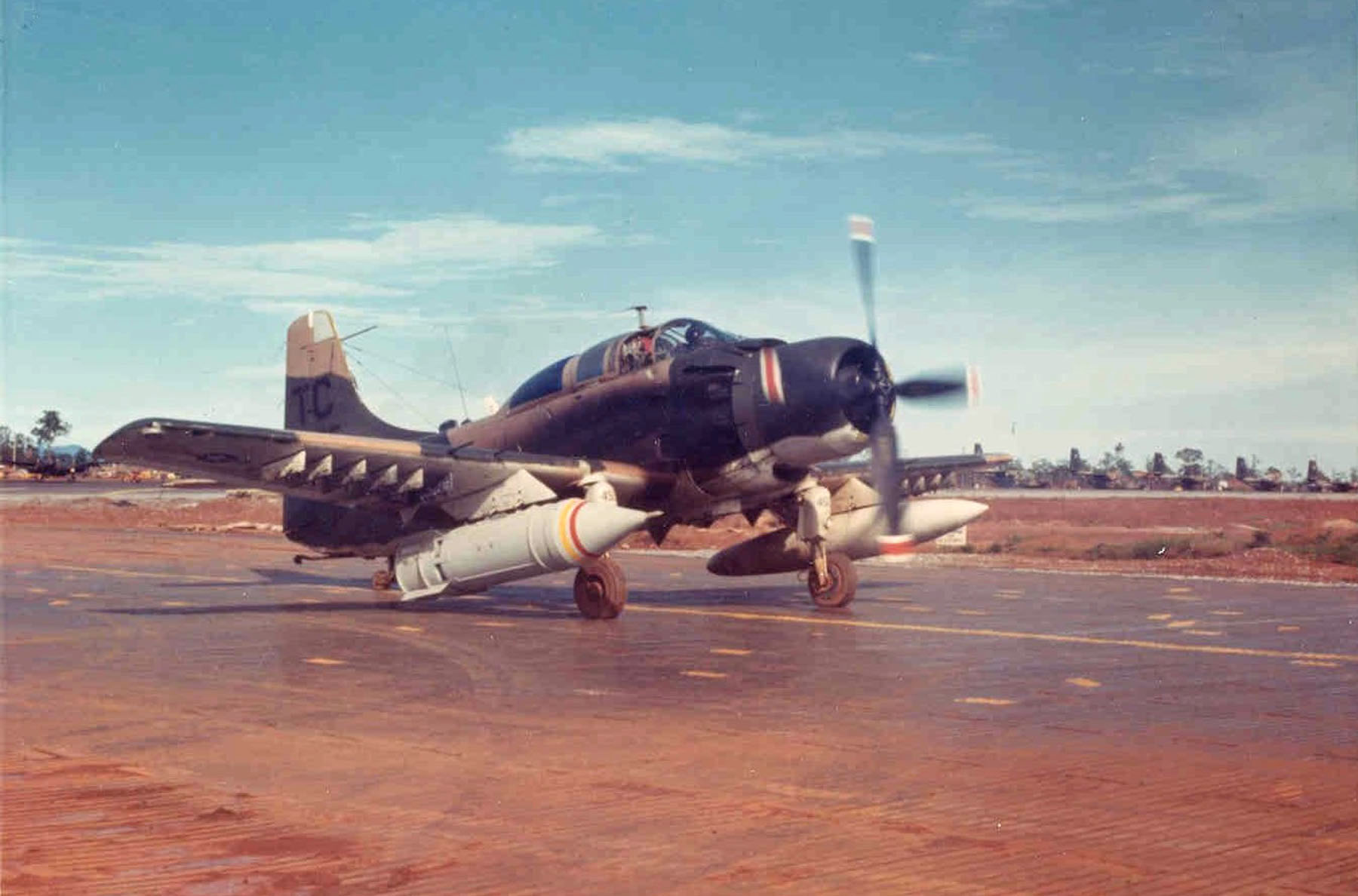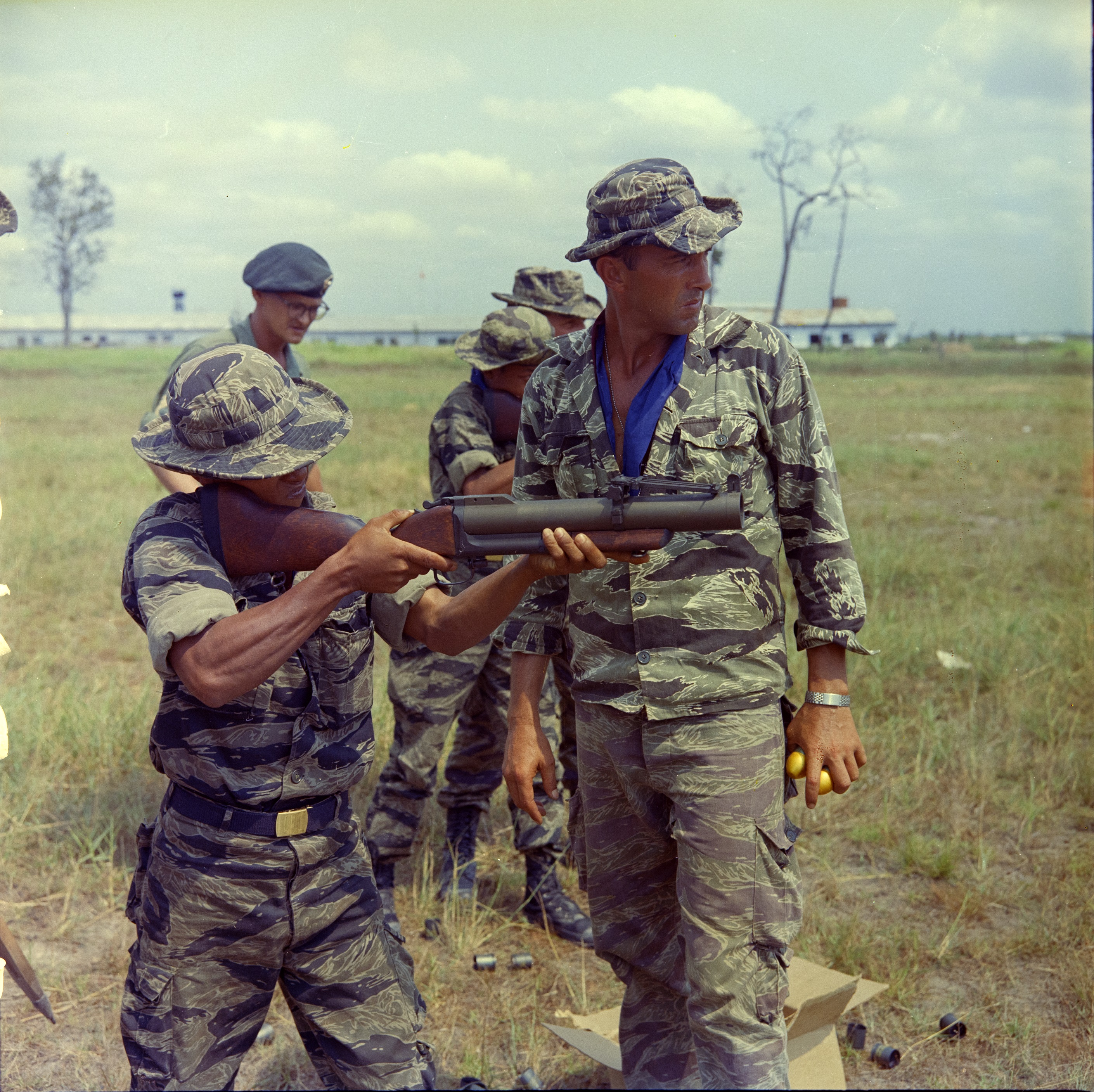|
GM-94
The GM-94 (, lit. "magazine-fed grenade launcher, model of 1994") is a pump action grenade launcher for use by Russian special and security forces. Development of the GM-94 grenade launcher began in 1993, under the guidance of Vasilij Gryazev, chief designer of the KBP design bureau (Konstruktorskoye Byuro Priborostroyeniya; (Конструкторское Бюро Приборостроения; KBP), in Tula, Russia. Description The GM-94 is a short range weapon, allowing it to be used in close urban environments. With a minimum safe distance of only 10 meters, the GM-94 is well suited to close, room-to-room fighting. Its simple design and operation allows it to operate in dusty and dirty environments and even after being immersed in water. The launcher is capable of firing VGM-93.900 high explosive fragmentation, VGM-93.100 thermobaric, VGM-93.300 smoke and VGM-93.200 tear gas canisters, VGM-93.600 rubber slugs and other non-lethal payloads. The VGM-93.100 thermobaric ... [...More Info...] [...Related Items...] OR: [Wikipedia] [Google] [Baidu] |
Pump Action
Pump action is a type of manual firearm action that is operated by moving a sliding handguard on the gun's forestock. When shooting, the sliding forend is pulled rearward to eject any expended cartridge and typically to cock the hammer or striker, and then pushed forward to load a new cartridge into the chamber. Most pump-action firearms use an integral tubular magazine, although some do use detachable box magazines. Pump-action firearms are typically associated with shotguns, although it has also been used in rifles, grenade launchers, and other types of firearms. A firearm using this operating mechanism is colloquially referred to as a pumpgun. Because the forend is manipulated usually with the support hand, a pump-action firearm is much faster than a bolt-action and somewhat faster than a lever-action, as it does not require the trigger hand to be removed from the trigger while reloading. Also because the action is cycled in a linear fashion, it creates less torqu ... [...More Info...] [...Related Items...] OR: [Wikipedia] [Google] [Baidu] |
Thermobaric
A thermobaric weapon, also called an aerosol bomb, or a vacuum bomb, is a type of explosive weapon, explosive munition that works by Dust explosion, dispersing an aerosol cloud of gas, liquid or powdered explosive. The fuel is usually a single compound, rather than a mixture of multiple substances. Many types of thermobaric weapons can be fitted to hand-held launchers, and can also be launched from airplanes. Terminology The term ''thermobaric'' is derived from the Ancient Greek, Greek words for 'heat' and 'pressure': ''thermobarikos'' (θερμοβαρικός), from ''thermos'' (θερμός) 'hot' + ''baros'' (βάρος) 'weight, pressure' + suffix ''-ikos'' (-ικός) '-ic'. Other terms used for the family of weapons are high-impulse thermobaric weapons, heat and pressure weapons, vacuum bombs, and fuel-air explosives (FAE). Mechanism File:Dust explosion 00.jpg, Experimental setup File:Dust explosion 01.jpg, Finely-ground flour is dispersed File:Dust explosion 02.jpg, C ... [...More Info...] [...Related Items...] OR: [Wikipedia] [Google] [Baidu] |
Grenade Launcher
A grenade launcher is a weapon that fires a specially designed, large caliber projectile, often with an explosive, Smoke screen, smoke, or tear gas, gas warhead. Today, the term generally refers to a class of dedicated firearms firing unitary grenade Cartridge (firearms), cartridges. The most common type are man-portable, shoulder-fired weapons issued to individuals, although larger crew-served launchers are issued at higher levels of organization by military forces. Grenade launchers are produced in the form of standalone weapons (either Single-shot, single shot or Repeating firearm, repeating) or as attachments mounted to a parent firearm, usually a rifle. Larger crew-served automatic grenade launchers such as the Mk 19 grenade launcher, Mk 19 are mounted on Weapon mount, tripods or vehicles. Some armored fighting vehicles also mount fixed arrays of short-range, single-shot grenade launchers as a means of defense. History Early precursors The earliest devices that could ... [...More Info...] [...Related Items...] OR: [Wikipedia] [Google] [Baidu] |
KBP Instrument Design Bureau
JSC ''Konstruktorskoe Buro Priborostroeniya'' (KBP) ( Joint-Stock Company - Instrument Design Bureau) is one of the main enterprises in the field of Defense industry of Russia, Russian defense industry, based in Tula. It is engaged in designing high-precision weapon systems for the Army, the VMF and the VKS, as well as anti-air defense systems, high-rate-of-fire cannons and small arms, in addition to civilian products. Its full name goes as "Joint-Stock Company Instrument Design Bureau named after Academic A. G. Shipunov". Its shareholders include High Precision Systems, part of the State Corporation Rostec. The designing of high-precision weaponry is the priority of the KBP. The enterprise designs air-to-ground, ground-to-air and ground-to-ground weaponry. In addition to these, KBP also develops modern autocannons and grenade launchers. It also manufactures automatic, hand-held and under-slung grenade launchers, sniper rifles, submachine guns, pistols and revolvers for the law ... [...More Info...] [...Related Items...] OR: [Wikipedia] [Google] [Baidu] |
Ministry Of Internal Affairs (Russia)
The Ministry of Internal Affairs of the Russian Federation (MVD; , ''Ministerstvo vnutrennikh del'') is the interior ministry of Russia. The MVD is responsible for law enforcement in Russia through its agencies the Police of Russia, Migration Affairs, Drugs Control, Traffic Safety, the Centre for Combating Extremism, and the Investigative Department. The MVD is headquartered in Zhitnaya Street 16 in Yakimanka, Moscow. Vladimir Kolokoltsev has been the Minister of Internal Affairs since 2012. History Russian Empire (1802–1917) The first interior ministry (MVD) in Russia was created by Tsar Alexander I on 28 March 1802. The MVD was one of the most powerful governmental bodies of the Empire, responsible for the police forces and Internal Guards, and the supervision of gubernial administrations. Its initial responsibilities also included prisons, firefighting, state enterprises, the state postal system, state property, construction, roads, medicine, clergy, natural re ... [...More Info...] [...Related Items...] OR: [Wikipedia] [Google] [Baidu] |
Non-lethal
Non-lethal weapons, also called nonlethal weapons, less-lethal weapons, less-than-lethal weapons, non-deadly weapons, compliance weapons, or pain-inducing weapons are weapons intended to be less likely to kill a living target than conventional weapons such as knives and firearms with live ammunition. It is often understood that unintended or incidental casualties are risked wherever force is applied; however, non-lethal weapons minimise the risk of casualties (e.g. serious/permanent injuries or death) as much as possible. Non-lethal weapons are used in policing and combat situations to limit the escalation of conflict where employment of lethal force is prohibited or undesirable, where rules of engagement require minimum casualties, or where policy restricts the use of conventional force. However, these weapons occasionally cause serious injuries or death due to allergic reactions, improper use and/or other factors; for this reason the term "less-lethal" has been preferred ... [...More Info...] [...Related Items...] OR: [Wikipedia] [Google] [Baidu] |
Rubber Bullet
Rubber bullets (also called rubber baton rounds) are a type of baton round. Despite the name, rubber bullets typically have either a metal core with a rubber coating, or are a homogeneous admixture with rubber being a minority component. Although they are considered a less lethal alternative to metal projectiles, rubber bullets can still cause fatal injuries as well as other Baton round#Injuries, serious injuries such as blindness or other permanent disabilities. Like other similar projectiles made from plastic bullet, plastic, wax bullet, wax, and wooden bullet, wood, rubber bullets may be used for short range practice and animal control, but are most commonly used in riot control and to disperse protests. Rubber bullets were invented by the British Ministry of Defence (United Kingdom), Ministry of Defence for riot control purposes in Northern Ireland during the Troubles, and were first used there in 1970. [...More Info...] [...Related Items...] OR: [Wikipedia] [Google] [Baidu] |
Tear Gas
Tear gas, also known as a lachrymatory agent or lachrymator (), sometimes colloquially known as "mace" after the Mace (spray), early commercial self-defense spray, is a chemical weapon that stimulates the nerves of the lacrimal gland in the eye to produce tears. In addition, it can cause severe eye and respiratory pain, skin irritation, bleeding, and blindness. Common lachrymators both currently and formerly used as tear gas include pepper spray (OC gas), PAVA spray (nonivamide), CS gas, CR gas, CN gas (phenacyl chloride), bromoacetone, xylyl bromide, chloropicrin (PS gas) and Mace (spray), Mace (a branded mixture). While lachrymatory agents are commonly deployed for riot control by law enforcement and military personnel, its use in warfare is prohibited by various international treaties.E.g. the Geneva Protocol of 1925 prohibited the use of "asphyxiating gas, or any other kind of gas, liquids, substances or similar materials". During World War I, increasingly toxic and deadly ... [...More Info...] [...Related Items...] OR: [Wikipedia] [Google] [Baidu] |
Armament Research Services
Armament Research Services (ARES) is a consultancy company providing expertise and analyses in the field of arms and munitions to governments and non-government organizations. director of ''Armament Research Services'' is N.R. Jenzen-Jones. Founded in 2013 and operating from Australia they have provided analysis services to e.g. the International Committee of the Red Cross The International Committee of the Red Cross (ICRC) is a humanitarian organization based in Geneva, Switzerland, and is a three-time Nobel Prize laureate. The organization has played an instrumental role in the development of rules of war and .... References External links * {{Australia-company-stub Lists of companies of Australia International consulting firms ... [...More Info...] [...Related Items...] OR: [Wikipedia] [Google] [Baidu] |
2005 Raid On Nalchik
The 2005 raid on Nalchik was a Raid (military), raid by a large group of Islamic militants on Nalchik (pop. 250,000), in the Kabardino-Balkaria, Kabardino-Balkar Republic (KBR) of southern Russia, on 13 October 2005. A number of buildings associated with the Russian security forces were targeted. At least 80 people (142 according to official tallies), including at least 14 civilians, were reported to have been killed during the ensuing shooting, which continued into the next day. At least 240 were wounded. Attack Outbreak of fighting According to the Russian news source Agentura, fighting began about 9 AM on the morning of 13 October,. The initial attack included nine targets: * Center T Counter-terrorism, anti-terrorist service of the Interior Ministry * ''Federalnaya Sluzhba Bezopasnosti'' (FSB) state security organisation * FSB Border Guard * paramilitary OMON riot Militsiya#Militsiya in the Russian Federation, militsiya unit * Road Patrol Police Regiment (PPSM) * Ce ... [...More Info...] [...Related Items...] OR: [Wikipedia] [Google] [Baidu] |
Fragmentation Grenade
A grenade is a small explosive weapon typically thrown by hand (also called hand grenade), but can also refer to a shell (explosive projectile) shot from the muzzle of a rifle (as a rifle grenade) or a grenade launcher. A modern hand grenade generally consists of an explosive charge ("filler"), a detonator mechanism, an internal striker to trigger the detonator, an arming safety secured by a transport safety. The user removes the transport safety before throwing, and once the grenade leaves the hand the arming safety gets released, allowing the striker to trigger a primer that ignites a fuze (sometimes called the delay element), which burns down to the detonator and explodes the main charge. Grenades work by dispersing fragments (fragmentation grenades), shockwaves (high-explosive, anti-tank and stun grenades), chemical aerosols (smoke, gas and chemical grenades) or fire (incendiary grenades). Their outer casings, generally made of a hard synthetic material or steel, are de ... [...More Info...] [...Related Items...] OR: [Wikipedia] [Google] [Baidu] |








